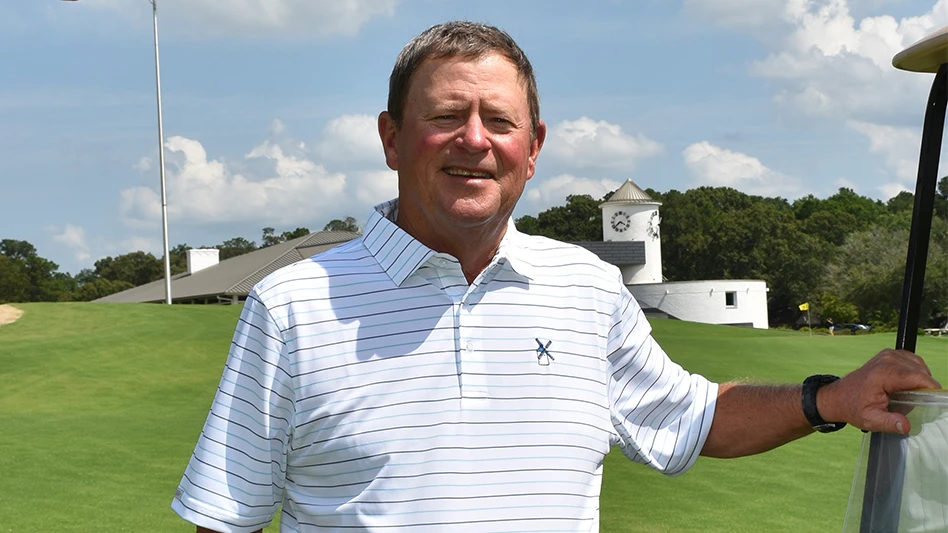William of Occam, a 14th century Franciscan friar, scholastic philosopher and theologian, is maybe best known for “Occam’s razor,” a principle that states: Among competing hypotheses, the one with the fewest assumptions should be selected. Sometimes known as the “law of parsimony,” Occam’s razor can be simplified in today’s vernacular as “focus on what matters.”
What matters most for club leaders and managers are the decisions and actions that affect goals and objectives, budgets and what can be grouped under the heading of immutable truths. Let’s examine each briefly.
Goals and objectives with specific and measurable intentions yield the best results. Targeted performance metrics serve to keep the board, general manager and departmental heads focused. Performance metrics no longer need be limited to financial results and the standard operating results that are easily tracked. Clubs can now source, track and measure all elements impacting a club’s strategic goals and objectives in a cost-effective manner.
Before clubs measure performance and adapt based on the results, it is important to understand what can and should be tracked and how to go about sourcing the information. Taking a systematic approach to defining all important elements of success and measuring these elements against best practice allows a club to set strategic goals and objectives that are both actionable and measurable.
Derek Johnston, a partner in the Global Golf Advisors consultancy, notes that the firm’s Strategic Intelligence platform tracks metrics affecting governance, membership, utilization, participation, operations, capital and finance.
“Carefully designed membership feedback mechanisms, market data sourcing techniques, access to best-practice data and internal data capture procedures are critical to tracking and measuring these important elements,” Johnston says. “The most intriguing part of these metrics is the relational learnings we are seeing across categories.
“For example, it is logical that when satisfaction increases, so too does a person’s tolerance for higher prices, but there is always a ceiling,” he adds. “Different clubs have different ceilings and interrelationships between satisfaction and price. Each club should know its ceiling.”
Once goals and objectives have been agreed upon, key metrics identified and targets set, a process for monitoring and responding to performance must be implemented. A strategic console of key metrics that keeps the board and management apprised of actual performance against targets identified in the club’s strategic plan and annual business plan is a powerful and essential tool, Johnston adds.
Zero-based budgeting is a hard-working discipline that requires managers to begin every year with a blank budgeting page. Philip Newman, a partner at RSM Club Services, an international accounting firm, asks: “Are you throwing numbers together based on prior years or general guesses, or have you taken the time to really drill down and understand what drives the metrics of the business?”
Newman insists that the shortest route to accuracy is fact-based budgeting, which brings us to the third key element of efficient operations.
Immutable facts cut to the chase. For example, most golf-related businesses expend more than half – usually 52 percent to 55 percent – of the budget on labor and benefits costs. An inefficient labor budget dooms many clubs and courses.
“It’s interesting to look at payroll compared to budget and payroll to the revenue it is supposed to be generating,” Newman says. “If your payroll as a percentage of revenue keeps growing, then you will always be chasing your tail operationally. Make sure payroll moves incrementally in line with revenue, not ahead of it.”
Revenue growth is another necessary truth. All efforts must drive revenue growth regardless of cost-cutting efficiencies and good intentions. Clubs that prosper achieve sustained revenue growth. A good target for revenue growth, according to Johnston, is 8 percent. “There are many factors that affect a revenue growth target, including attributed costs,” he says. “Therefore, your growth target must be sizeable, even for mature businesses.”

Explore the May 2017 Issue
Check out more from this issue and find your next story to read.
Latest from Golf Course Industry
- Heritage Golf Group expands into Tennessee
- Making the grade — at or near grade
- PBI-Gordon receives local business honor
- Florida's Windsor takes environmental step
- GCSAA names Grassroots Ambassador Leadership Award winners
- Turf & Soil Diagnostics promotes Duane Otto to president
- Reel Turf Techs: Ben Herberger
- Brian Costello elected ASGCA president





